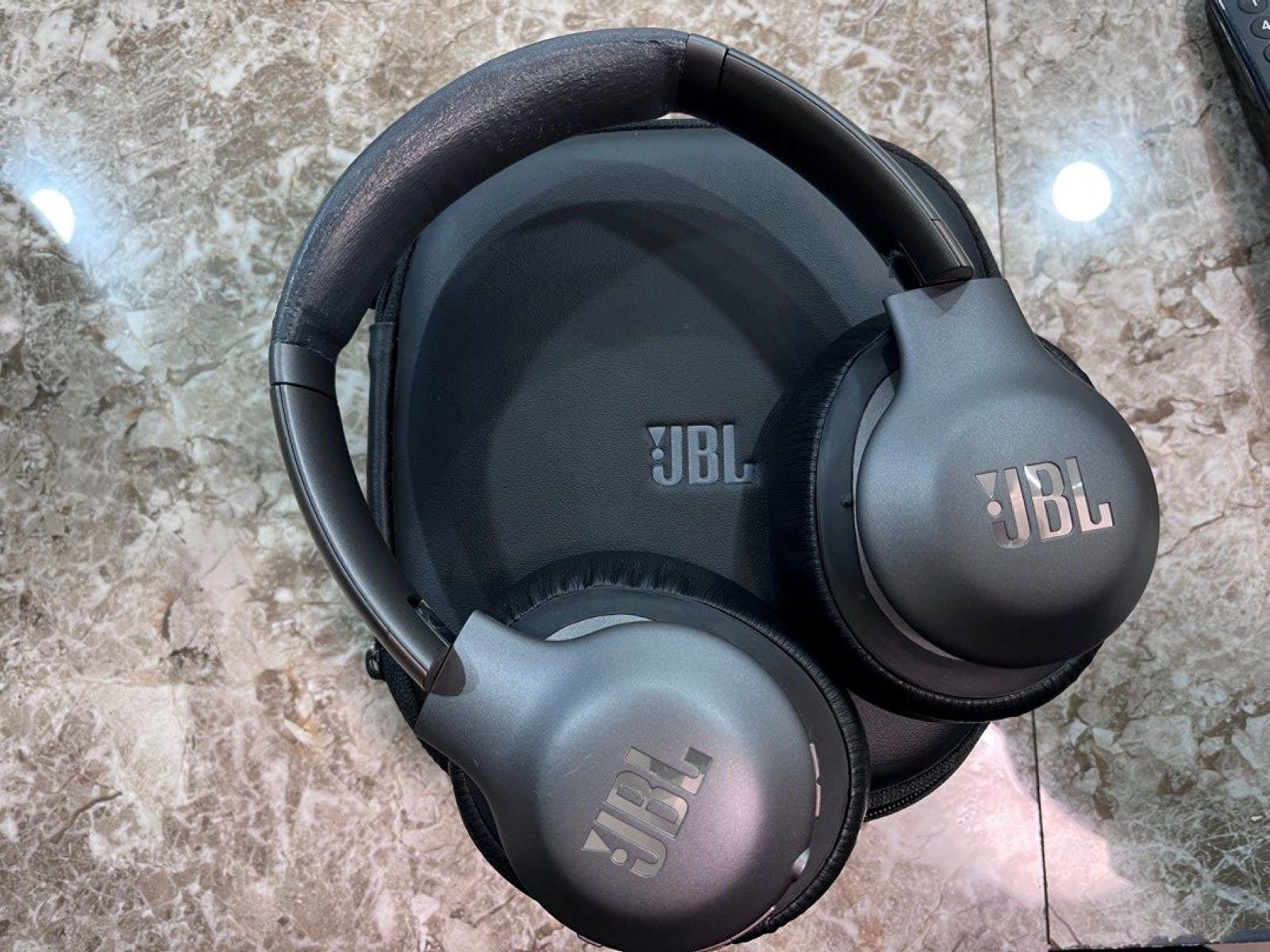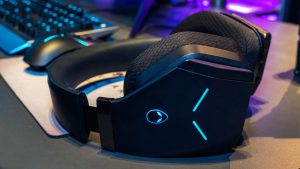Checking Compatibility
Before you begin the pairing process for your JBL headset, it’s crucial to ensure that your device is compatible with the headset. JBL headsets typically support a wide range of devices, including smartphones, tablets, computers, and other Bluetooth-enabled gadgets. However, it’s always best to double-check for compatibility to avoid any potential issues during the pairing process.
Here are a few quick steps to check the compatibility of your JBL headset with your device:
- Refer to the JBL headset’s user manual or visit the official JBL website to verify the list of compatible devices. Manufacturers often provide detailed information about compatible operating systems and device types.
- If you’re using a smartphone or tablet, ensure that it has Bluetooth functionality. Most modern mobile devices are equipped with Bluetooth, but it’s essential to confirm this feature to enable seamless pairing with your JBL headset.
- Check for any specific compatibility requirements, such as minimum Bluetooth version or operating system specifications. This information can usually be found in the product specifications or user manual.
By confirming the compatibility of your JBL headset with your device, you can proceed with confidence to the pairing process, knowing that your devices are ready to establish a stable and reliable connection.
Turning on Your JBL Headset
Before initiating the pairing process, it’s essential to power on your JBL headset. The steps for turning on the headset may vary slightly depending on the specific model, but the following general guidelines can help you get started:
- Locate the Power Button: The power button on your JBL headset is typically situated along the edge of the ear cups or on the inline remote. It may be labeled with a power symbol or the JBL logo.
- Press and Hold the Power Button: To turn on the headset, press and hold the power button for a few seconds until you see an indication that the device is powering up. This may be accompanied by an audible tone, LED light indicators, or a voice prompt, depending on the model.
- Check the Battery Level: Some JBL headsets feature battery level indicators, such as LED lights that display the remaining charge. It’s advisable to ensure that the headset has an adequate battery level before proceeding with the pairing process.
Once your JBL headset is powered on, it’s ready to be paired with your desired device. The next steps will involve initiating the pairing mode on the headset and the corresponding device to establish a wireless connection.
By following these straightforward instructions, you can efficiently power on your JBL headset and prepare it for the seamless pairing process, enabling you to enjoy your favorite audio content with ease.
Pairing with a Mobile Device
Pairing your JBL headset with a mobile device, such as a smartphone or tablet, allows you to enjoy wireless audio playback and hands-free communication. The process of pairing with a mobile device is relatively straightforward and can be accomplished using the following general steps:
- Activate Bluetooth on Your Mobile Device: Begin by ensuring that the Bluetooth feature on your mobile device is turned on. This can usually be done through the device’s settings menu or quick access toggles.
- Put Your JBL Headset in Pairing Mode: Most JBL headsets have a dedicated pairing or Bluetooth button that needs to be pressed and held to initiate the pairing mode. Refer to the headset’s user manual for specific instructions on activating the pairing mode.
- Locate and Select Your JBL Headset: Once the headset is in pairing mode, your mobile device will scan for nearby Bluetooth devices. In the list of available devices, locate and select your JBL headset to initiate the pairing process.
- Confirm the Pairing: After selecting your JBL headset, your mobile device may prompt you to confirm the pairing request. Verify the pairing on both devices to establish a secure connection between the headset and your mobile device.
Upon successful pairing, your JBL headset will be connected to your mobile device, allowing you to stream music, make calls, and enjoy other audio content wirelessly. Remember that the specific steps for pairing may vary slightly based on the model of your JBL headset and the mobile device you are using.
By following these simple guidelines, you can seamlessly pair your JBL headset with your mobile device, unlocking the convenience of wireless audio playback and communication on the go.
Pairing with a Computer
Pairing your JBL headset with a computer enables you to enjoy high-quality audio for multimedia, communication, and entertainment purposes. Whether you’re using a desktop, laptop, or a compatible Bluetooth-enabled device, the process of pairing with a computer involves a few simple steps:
- Activate Bluetooth on Your Computer: Begin by ensuring that the Bluetooth functionality on your computer is turned on. This can usually be done through the system settings or the taskbar notification area, depending on your operating system.
- Put Your JBL Headset in Pairing Mode: Most JBL headsets have a dedicated pairing or Bluetooth button that needs to be pressed and held to activate the pairing mode. Refer to the headset’s user manual for specific instructions on initiating the pairing mode.
- Scan for Bluetooth Devices: Once the headset is in pairing mode, your computer will scan for nearby Bluetooth devices. Access the Bluetooth settings on your computer and initiate a search for available devices.
- Select and Pair Your JBL Headset: In the list of detected devices, locate your JBL headset and select it to begin the pairing process. Follow any on-screen prompts to confirm the pairing and establish a secure connection between your headset and the computer.
After successfully pairing your JBL headset with your computer, you can enjoy the freedom of wireless audio playback, enhanced communication, and immersive multimedia experiences. It’s important to note that the specific steps for pairing may vary based on the operating system and Bluetooth capabilities of your computer.
By following these straightforward instructions, you can effortlessly pair your JBL headset with your computer, opening up a world of possibilities for seamless audio connectivity and enhanced productivity.
Pairing with Other Devices
Pairing your JBL headset with a diverse range of devices beyond mobile phones and computers can enhance your audio experience across various platforms. Whether you want to connect your headset to a gaming console, smart TV, or another Bluetooth-enabled gadget, the pairing process typically follows a similar pattern:
- Access the Device’s Bluetooth Settings: Begin by navigating to the Bluetooth settings on the device you wish to pair with your JBL headset. This may involve accessing the system settings, network settings, or specific Bluetooth menu, depending on the device type.
- Initiate Pairing Mode on Your JBL Headset: Activate the pairing mode on your JBL headset by following the manufacturer’s instructions. This often requires pressing and holding a designated button or sequence of buttons to enable the headset’s visibility to other devices.
- Search for Available Bluetooth Devices: Use the device’s Bluetooth settings to search for available devices in proximity. This will prompt the device to scan for nearby Bluetooth-enabled gadgets, including your JBL headset.
- Select and Pair Your JBL Headset: Once your JBL headset appears in the list of available devices, select it to initiate the pairing process. Follow any on-screen prompts or confirmation steps to establish a secure and stable connection between the headset and the device.
By successfully pairing your JBL headset with a diverse array of devices, you can enjoy immersive audio experiences across multiple platforms, from gaming and entertainment systems to smart home devices and more. It’s important to consult the specific device’s user manual or support resources for any unique pairing instructions related to non-standard Bluetooth connectivity.
By following these general guidelines, you can seamlessly pair your JBL headset with a wide range of devices, expanding the versatility and functionality of your headset across various technological ecosystems.
Troubleshooting Common Issues
While pairing your JBL headset with different devices, you may encounter common issues that can hinder the seamless connectivity experience. Understanding and addressing these issues can help you troubleshoot and resolve potential obstacles effectively. Here are some common problems and their troubleshooting steps:
- Interference and Range Issues: If you experience intermittent connectivity or audio dropouts, ensure that there are no obstructions or interference sources between your JBL headset and the paired device. Additionally, try to stay within the recommended Bluetooth range for optimal performance.
- Outdated Bluetooth Drivers: On computers and some mobile devices, outdated Bluetooth drivers can lead to pairing and connection problems. Check for driver updates on your device’s support website and install the latest Bluetooth drivers to ensure compatibility and stability.
- Pairing Failures: If your JBL headset fails to pair with a device, ensure that the headset is in pairing mode and that the device’s Bluetooth settings are actively searching for nearby devices. Restart both devices and attempt the pairing process again.
- Battery and Power Issues: Low battery levels in either the JBL headset or the paired device can cause connectivity issues. Ensure that both devices have sufficient battery power to maintain a stable connection during the pairing and usage process.
- Device-Specific Compatibility: Some devices may have specific Bluetooth compatibility requirements or limitations. Refer to the device’s documentation to confirm its compatibility with Bluetooth headsets and ensure that it supports the necessary Bluetooth profiles for audio playback and communication.
By addressing these common issues and following the troubleshooting steps, you can overcome potential obstacles and establish a reliable and seamless connection between your JBL headset and various devices. It’s important to consult the respective user manuals, support resources, and customer service channels for specific troubleshooting guidance tailored to your JBL headset model and the paired devices.
By proactively troubleshooting common issues, you can optimize the performance and connectivity of your JBL headset, ensuring a consistent and enjoyable audio experience across your preferred devices.



